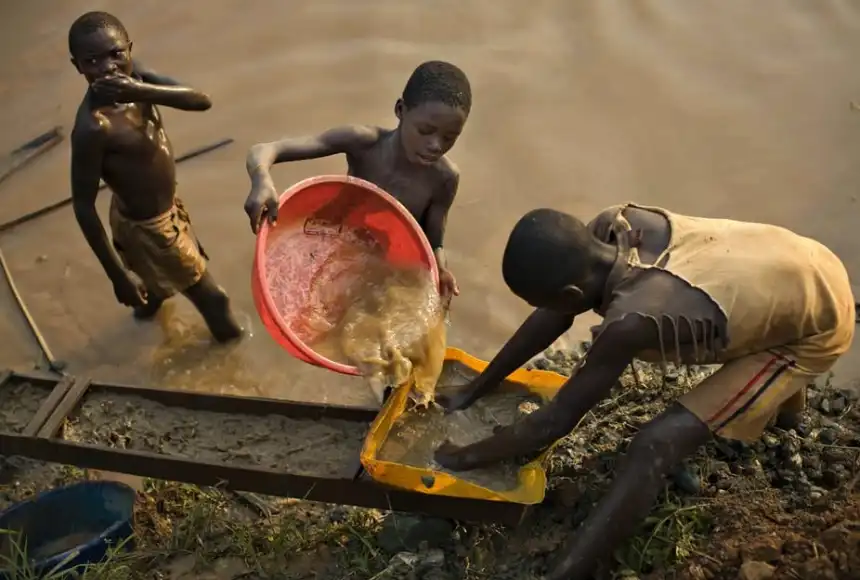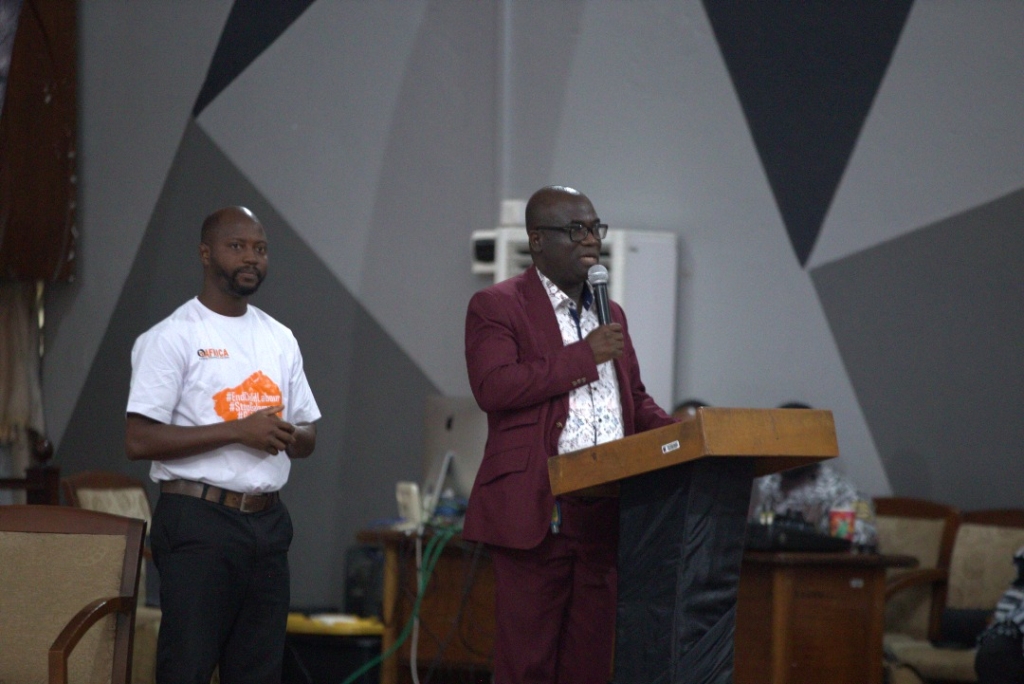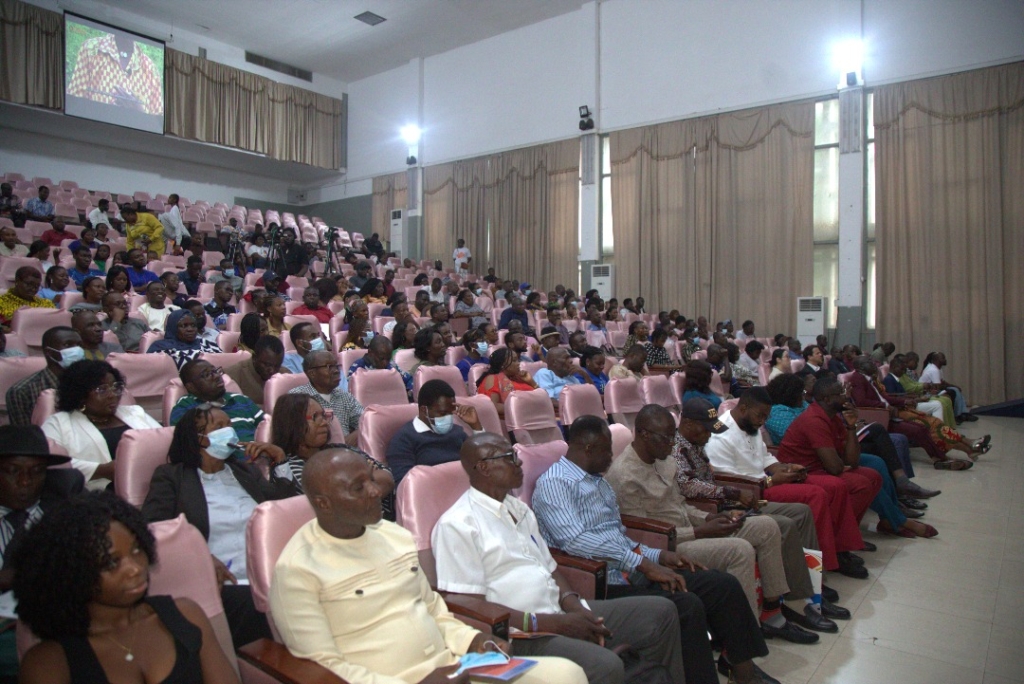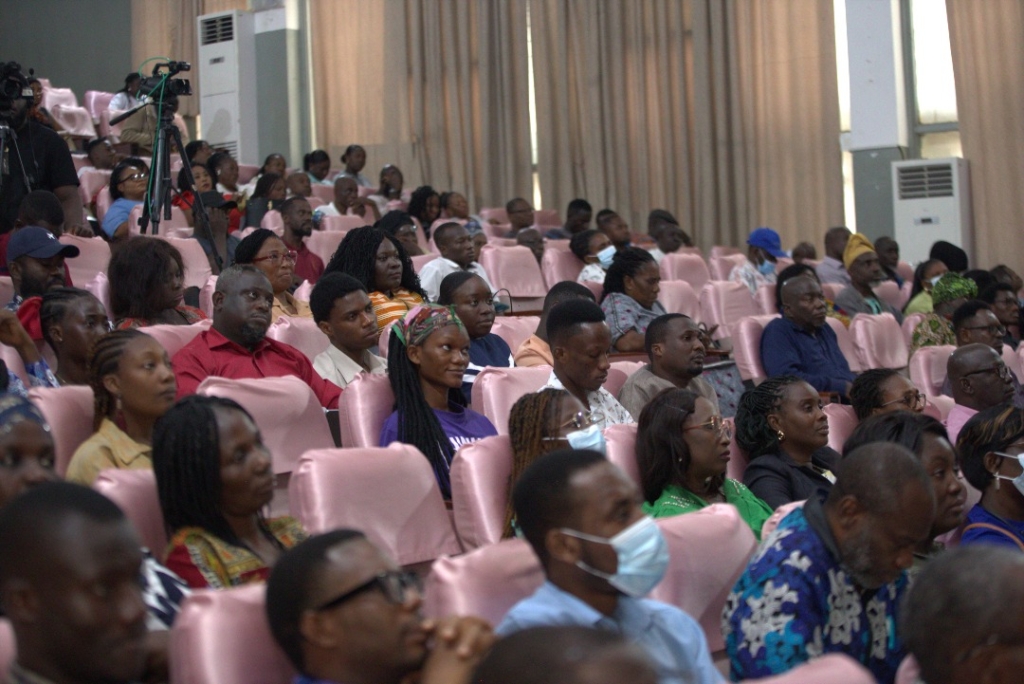A four-year-old boy from Wassa Ayim in the Western Region was thirsty. He picked up a familiar bottled water container and drank from it – unaware that inside was not water, but mercury.
His parents, like many others in illegal mining communities, had been using the toxic chemical for gold extraction and had stored it in a used plastic bottle at home.

The next morning, the boy’s mother noticed something alarming: tiny metallic beads in his stool. She rushed him to a nearby clinic. There, he was treated with intravenous fluids, given activated charcoal, and sent for an X-ray.
Consultant Infectious Diseases Paediatrician, Professor Anthony Kwame Enimil, shared this harrowing case at the National NGO Forum 2025 held at the University of Ghana.
According to Prof. Enimil, the X-ray showed mercury pellets distributed along the boy’s intestines and rectum.

“This child thought he was drinking water,” Prof. Enimil told the audience. “To children, a bottle labelled Voltic means safe. But in these communities, that same bottle may contain mercury – colourless, odourless, and deadly,” Prof. Enimil said.
The boy, referred to as RM, survived. But for Prof. Enimil and his team, the story reveals a much deeper crisis in illegal mining communities.
“We managed to save this child but we don’t know what the future holds. Mercury’s impact is not always immediate – some of the damage will only show in years to come. We’re talking about potential neurological deficits, developmental delays, and kidney failure,” he added.

Prof. Enimil added that many children in illegal mining communities are chronically exposed to mercury through contaminated water, inhaled vapours, and skin contact often without anyone noticing.
“We see children with tremors, poor concentration, memory lapses and many times, we don’t connect the dots,” he explained. “But mercury is quietly destroying lives. And worse, it’s happening at home, right under their parents’ noses,” the paediatrician indicated.
He urged for urgent national screening and monitoring programmes in galamsey-affected communities, as well as strict control of mercury use.

The forum painted a grim picture of life in galamsey-prone regions. Beyond child labour, children face environmental poisoning, malnutrition, school dropout, psychological trauma, and exploitation.
The forum under the theme “The Poisoned Playground: Ending Child Labour in Galamsey,” brought together stakeholders from government, child rights organisations, health professionals and community leaders.

The lead organiser, OAfrica, is calling for urgent national attention to the plight of children in illegal mining areas – places where school is often abandoned for hard labour, and homes are contaminated with dangerous chemicals like mercury and cyanide.
Stakeholders at the event called for the enforcement of child protection laws, stronger regulation of mining operations, community-based rehabilitation programmes, alternative livelihood support for parents and health education and awareness campaigns.
DISCLAIMER: The Views, Comments, Opinions, Contributions and Statements made by Readers and Contributors on this platform do not necessarily represent the views or policy of Multimedia Group Limited.
DISCLAIMER: The Views, Comments, Opinions, Contributions and Statements made by Readers and Contributors on this platform do not necessarily represent the views or policy of Multimedia Group Limited.


